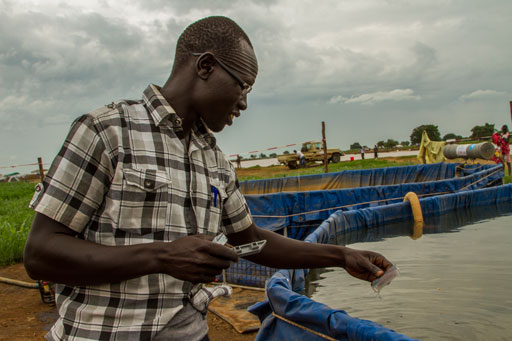8.2.3 Identify the hazards and hazardous events
It is important to identify the potential hazards at each stage of the water supply process (see Box 8.1). Hazardous events in this context are defined as events that can introduce hazards into the water supply. A hazardous event can also be considered a source of a hazard. Table 8.1 gives examples of hazardous events and hazards that can affect different parts of a water supply system.
| Hazardous event (source of hazard) | Associated hazard | Component of water supply system affected |
| Agriculture | Microbial contamination from animal excreta, pesticides, nitrates from fertiliser use | Catchment |
| Mining | Chemical contamination | Catchment |
| Interruption of power supply | Interruption of treatment | Treatment |
| Disruption of disinfection due to lack of disinfectant supply | Unsafe water goes to consumers | Treatment |
| Mains burst | Contaminants getting into pipeline | Distribution network |
| Illegal connections | Contamination of water supply by back-siphonage | Distribution network |
Site visits are an effective way of ensuring all possibilities are covered (Figure 8.4). It is important to speak to the people who work at the locations concerned as they will have local knowledge that may not necessarily be in the paperwork related to the facility.

8.2.2 Describe the water supply system
